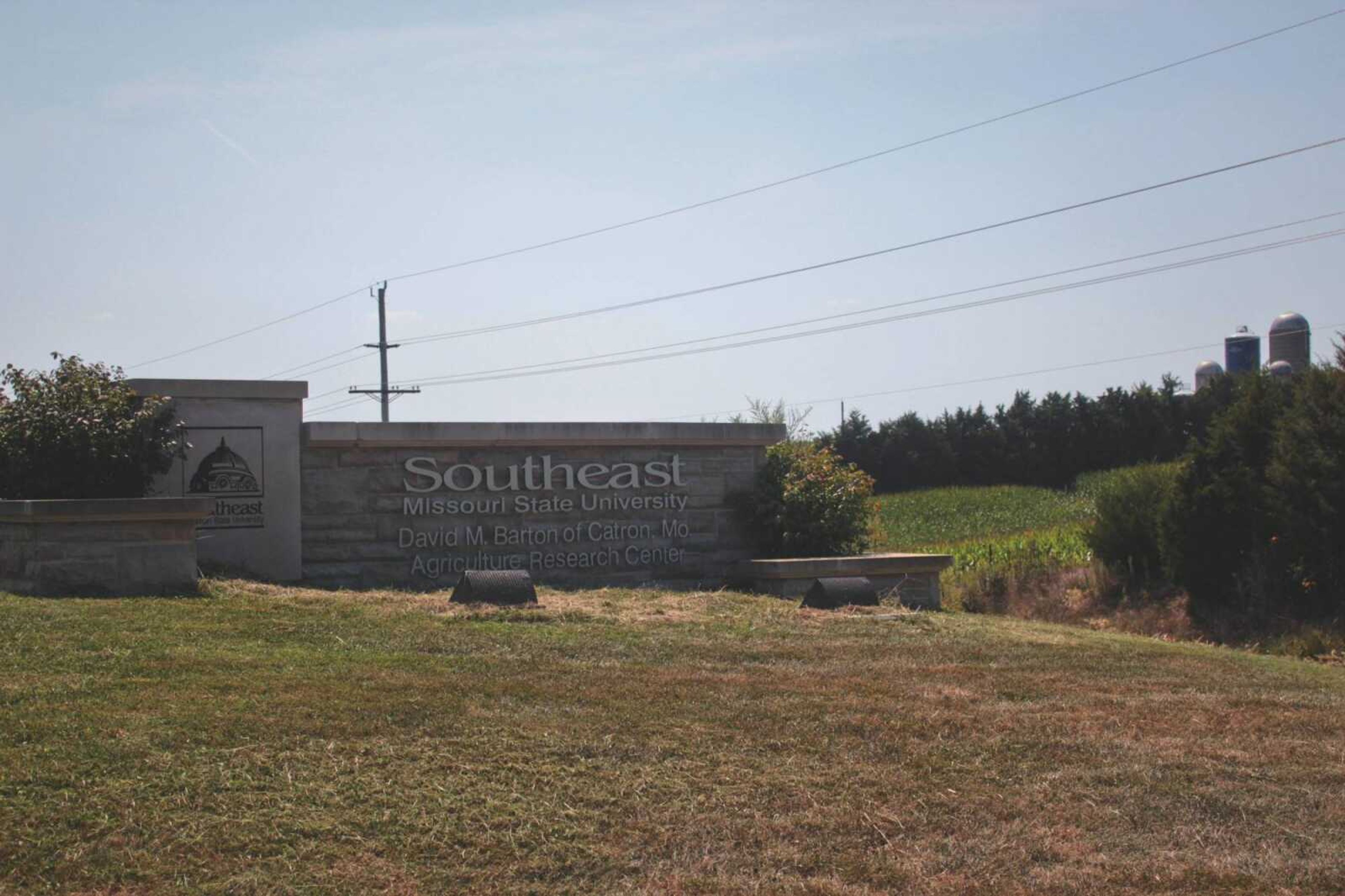Southeast Missouri State University continues to roll out enhancements and additions to campus in an effort to update facilities and equipment.
Along with renovations to buildings and walkways throughout Southeast's main campus, the Department of Agriculture has been expanding in a similar way.
During the summer, the Department of Agriculture installed a soil sensor system at the David M. Barton Agriculture Research Center to help engage students in determining how much their crops need to be irrigated and to predict possible disease outbreaks.
The purpose of the new soil sensor system is to ensure that the crops at the research center are maintained properly.
To ensure the crops stay watered accurately, the system has electronic sensors that have been buried at various depths. These sensors record the moisture of the roots and can tell how much water the crops will need, as well as how much water is needed to maintain overall irrigation at the center.
Along with the ground moisture data, the system also collects statistics on the amount of rain that has fallen in real time. The data collected by the soil sensor system can be used for much more than irrigation.
"Students will use the data in the classroom," Dr. Michael Aide, chairman for the Department of Agriculture at Southeast Missouri State University, said. "The information can be put into computer models that will predict disease occurrence and insect growth. This will allow me to determine a disease outbreak in a plant, and I can scout for the insects or disease."
Prior to the ground moisture system, holes were dug to collect soil samples at various depths. The soil was then sent to a lab, which would take 48 hours instead of the real time information that the new soil sensor system provides via satellite to cellphones and computers.
"This new system makes things much easier and students use the information in class," Aide said.
The system isn't large, it is approximately the height of a filing cabinet with a mini computer and rain gauge and wires that go into the ground.
The sensor system is not currently owned by the university. The system is being rented for two years for $2,000 after which the university will take ownership.
The Department of Agriculture also has implemented a Center Pivot Irrigation system at Southeast's Sikeston campus in a continued effort to have greater control over irrigation on the crops.
The pivot system has wheels and can be turned on via Aide's cellphone. The system has a radius of 200 feet and will water the crops. When the irrigation system completes its circle, it turns around and shuts itself down.






